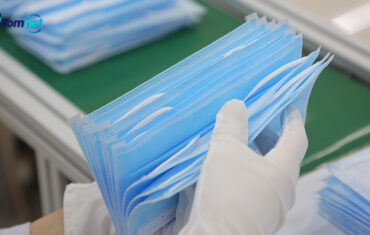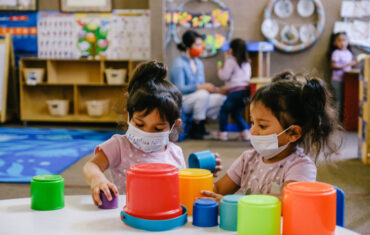What is personal protective equipment?
Personal protective equipment, commonly referred to as “PPE“, is equipment worn to minimize exposure to hazards that cause serious workplace injuries and illnesses. They may include items such as face mask, gloves, safety glasses and shoes, respirators, coveralls, full body suits…
What can be done to ensure proper use of PPE?
Manufacturers design PPE safely and maintain in a clean and reliable fashion. It should fit comfortably, encouraging worker use. If the PPE does not fit properly, it can make the difference between being safely covered or dangerously exposed. When engineering, work practice, and administrative controls are not feasible or do not provide sufficient protection. Then, employers must provide PPE to their workers and ensure its proper use. If they use those, they should implement a PPE program. This program address the hazards present; the selection, maintenance, and use of PPE. It also include the training of employees; and monitoring of the program to ensure its ongoing effectiveness.
Employers are also required to train each worker to know:
- When it is necessary
- What kind is necessary
- How to properly put it on, adjust, wear and take it off
- The limitations of the equipment
- Proper care, maintenance, useful life, and disposal of the equipment
PPE has become an important during the current coronavirus epidemic. COVID-19 is predominantly caused by contact or droplet transmission attributed to relatively large respiratory particles. Which are subject to gravitational forces and travel only approximately one metres from the patient.
Shortage of PPE during coronavirus
There are two main related problems: shortages of PPE; and inappropriate use of these equipments. The problem is about both supply and demand. Prior to the coronavirus outbreak, China made half the world’s PPE. When the outbreak took off there, China started to use its supply and hoard what remained. This problem has only spread since, as more countries hoard whatever medical supplies they can get. So as demand increased due to Covid-19. Not just from health care workers but from a general public increasingly scared of infection. There was less supply to go around. The result, now, is a shortage that not only threatens doctors, nurses, and other medical professionals at the front lines. It but also puts us all at serious risk. Since we’re relying on these same health care workers to literally save us if we get sick.
Summary
There is evidence is that the use of PPE does reduce rates of disease transmission and protects staff. It is essential that staff understand the purpose of PPE. Also, they know its role as to reduce disease transmission from patients to staff and other patients. It is equally important that staff use it appropriately to preserve what may be limited stocks. It ensure there is sufficient supply for necessary use throughout the epidemic surge.






